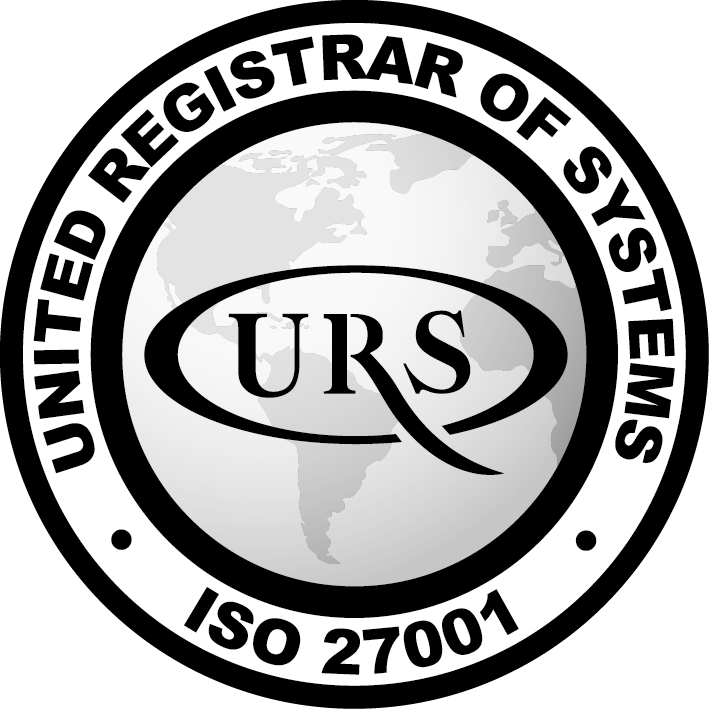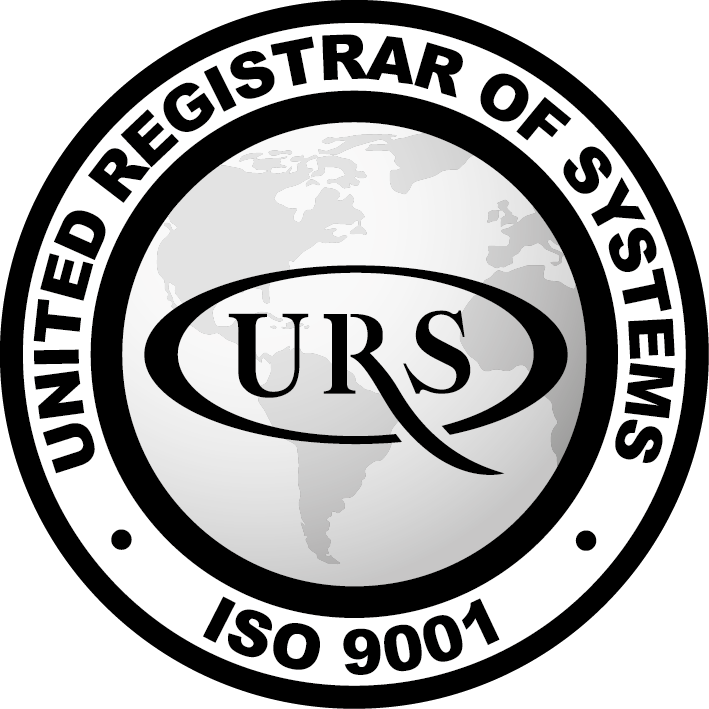Eco-Friendly and Profitable? The Surprising Benefits of Switching to Sustainable Computing

As businesses increasingly recognize the need to address environmental and social challenges, sustainable IT has become more than a buzzword – switching to cloud computing is now a game-changer for business operations. The use of technology in a way that minimizes its negative impact on the environment and society enhances its brand reputation, attracts environmentally and socially conscious customers, and creates new business opportunities.
A Sustainable Solution for Lowering Carbon Footprint
And there's nothing strange about that. Let's start with energy consumption itself. Of course, it's not that clouds don't consume energy at all, quite the opposite. According to a report (https://eta.lbl.gov/publications/united-states-data-center-energy) “United States Data Center Energy Usage” by the Lawrence Berkeley National Laboratory, data centers in the United States alone consume over 90 billion kilowatt-hours of electricity each year, which is equivalent to the output of 34 large coal-fired power plants. However, if all these workloads were to run on the local infrastructure, energy consumption would be incomparably higher.
On-premise infrastructure always operates at a lower capacity and consumes more energy than necessary. No one locally can achieve the kind of energy optimizations achieved by large data center operators used by clouds. Therefore, by using cloud services, businesses can access the resources they need, when they need them, without incurring the additional energy consumption associated with running on-premise infrastructure.
In fact, a study by the Carbon Trust found that moving to the cloud can reduce carbon emissions by up to 95% for some businesses, compared to using the on-premise infrastructure. Well-known software vendor Salesforce.com was able to achieve such footprint reduction.
The reduction of carbon emissions by cloud vendors is becoming increasingly important as organizations seek to minimize their environmental impact. One notable example is Google, which has been carbon-neutral since 2007, and as of 2020, is operating on 100% renewable energy. Another example is Amazon, which achieved 2020 42% renewable energy usage, and it is committed to reaching 80% by 2024 and 100% by 2030. In 2021, Amazon announced its plans to develop a new wind farm in Ireland to provide renewable energy to power its data center.
These efforts by industry leaders demonstrate a commitment to reducing the carbon footprint of the IT industry and pave the way for others to follow suit.
There is also a usability aspect: without a cloud, if you were for example, preparing a document and collaborating with colleagues, you'd each be using PCs, software, and intermediate servers, resulting in thousands and thousands of watts of electricity being used, while with the cloud model, there's only one document in one place being remotely accessed.
How Cloud Can Help Reduce E-Waste
But it's not just about energy consumption. Cloud computing can also help businesses reduce waste and improve resource usage. According to a study “Data Center Efficiency Assessment” by the Natural Resources Defense Council, most servers in on-premise data centers are underutilized, with utilization rates ranging from just 12% to 18%. This means that businesses are wasting energy and resources on unused computing power. In contrast, cloud providers can dynamically allocate computing resources based on demand, resulting in much higher utilization rates and less waste.
Furthermore, a report (https://gesi.org/research/gesi-smarter2020-the-role-of-ict-in-driving-a-sustainable-future) “Smarter 2020: The Role of ICT in Driving a Sustainable Future” by the Global e-Sustainability Initiative found that cloud computing can help reduce e-waste by enabling more efficient use of computing resources and longer device lifetimes. This is because cloud providers can update and upgrade their infrastructure more easily and efficiently than most businesses can on their own, reducing the need for frequent hardware upgrades and replacements.
One technical aspect of resource usage optimization in cloud computing is the use of virtualization technology. By virtualizing hardware resources, such as CPUs and memory, cloud providers can divide physical servers into multiple virtual machines (VMs) and dynamically allocate resources to meet changing demands. This allows for better utilization rates and minimizes waste. For example, Amazon Web Services (AWS) offers Elastic Compute Cloud (EC2) instances that can be resized and scaled up or down in real time based on application demands, ensuring that resources are used efficiently and effectively.
Cloud computing also enables businesses to adopt more sustainable practices when it comes to managing and storing their data. With cloud storage solutions, businesses can reduce their reliance on physical storage devices, which are often made from non-renewable materials and contribute to e-waste. For instance, Amazon Web Services (AWS) offers a range of storage services, including Amazon S3, which provides highly scalable, durable, and secure object storage. By using services like Amazon S3, businesses can reduce their need for on-premise storage devices and manage their data in a more efficient and sustainable way.
Embrace Cloud Computing to Slash Business Costs
In addition to these environmental benefits, cloud computing can also help businesses save money. According to a report (https://www.rackspace.com/sites/default/files/white-papers/taming-the-cloud.pdf) “Taming the Cloud: Insights into cost and operating benefits with managed cloud services” by Rackspace, a leading cloud provider, businesses can save up to 80% on their infrastructure costs by moving to the cloud, compared to using the on-premise infrastructure. This is because cloud providers can leverage economies of scale and shared infrastructure to reduce costs and improve efficiency.
Cloud computing can not only reduce infrastructure costs, but also save businesses money on software licenses, maintenance, and upgrades. With cloud computing, businesses can access the latest software and applications without having to purchase and install them on individual devices, which can be costly and time-consuming. Cloud providers can also offer scalable pricing models, allowing businesses to pay only for the resources they need, when they need them, which can result in significant savings. A good example is Adobe Creative Cloud, which offers a suite of software tools for graphic design, video editing, and more. Instead of purchasing individual licenses for each software program, businesses can subscribe to Creative Cloud and access all the tools they need through the cloud. This not only saves money on software costs but also eliminates the need for businesses to constantly purchase and install new versions of the software as they are released
But the benefits of the cloud go beyond just cost savings and environmental sustainability. Cloud computing also enables businesses to access cutting-edge technologies and tools that may not be feasible with on-premise infrastructure. For example, machine learning and artificial intelligence can help businesses optimize their operations and reduce waste, while the Internet of Things can provide real-time data on energy usage and resource consumption. By leveraging cloud services for development and testing, businesses can quickly spin up new environments and experiment with new ideas, without the need to purchase and set up new hardware. This agility can be a key differentiator in today's fast-paced business environment, where the ability to innovate and bring new products and services to market quickly can be a significant competitive advantage.
From Survival to Thriving: Disaster Recovery and Business Resilience
Finally, the cloud can help businesses improve their disaster recovery capabilities and reduce downtime in the event of an outage or other disruption. According to a study (https://resource.itbusinessplus.com/whitepapers/11687-IBM-CPL-US-4.pdf) “How disaster recovery in the cloud reduces your risk: it’s about time” by the Aberdeen Group, businesses that use the cloud for disaster recovery can recover from an outage up to four times faster than those that use on-premise solutions. This is because cloud providers can provide off-site backup and redundancy, ensuring that critical business operations continue uninterrupted in the face of unforeseen events.
For example, in 2012, Hurricane Sandy caused widespread power outages and disruptions in the Northeastern United States, leading many businesses to rely on cloud services for disaster recovery. Companies such as Time Warner Cable and The Huffington Post were able to continue operating despite power outages and other disruptions, thanks to their cloud-based disaster recovery solutions
In addition to the environmental benefits, cloud computing can also contribute to social sustainability by enabling businesses to access cutting-edge technologies and tools that can help them stay competitive and adapt to changing market conditions. For example, during the COVID-19 pandemic, many businesses had to quickly pivot to remote work and online sales. Those that were already using cloud services were able to adapt more quickly than those that relied on traditional on-premise infrastructure, allowing them to stay competitive and maintain their operations.
For instance, companies such as Zapier, a workflow automation tool, have fully remote teams that use cloud-based communication and collaboration tools to stay connected and work together effectively. This approach not only enables businesses to tap into a global talent pool but also reduces the need for commuting and physical office spaces. This, in turn, can help businesses create new jobs and opportunities, contributing to economic sustainability.

Be green or be bad
Therefore, as responsible global citizens, it is essential for businesses to adopt sustainable practices and technologies such as cloud computing to reduce their environmental impact, improve their business operations and resilience, and contribute to the overall well-being of society. By doing so, businesses can not only create a more sustainable future but also set an example for others to follow and make a positive impact on the world.
In conclusion, cloud computing offers a range of benefits for sustainable business operations, from reducing energy consumption and carbon footprint to improving scalability, access to cutting-edge technologies, and disaster recovery capabilities. By making the switch to the cloud, you can improve not only your sustainability performance but also your overall business performance and competitiveness in the marketplace.
If you're interested in realizing the benefits of cloud computing for your business, Semantive can help. We provide comprehensive services for switching to the cloud, including migration planning, implementation, and ongoing support. Our team of experienced cloud experts will work with you to assess your business needs and design a cloud solution that fits your specific requirements. Don't miss out on the cost savings, environmental benefits, and competitive advantages that cloud computing can offer. Contact Semantive today to learn more about how we can help you make the switch to the cloud.
More Articles
Our team of experts is ready to partner with you to drive innovation, accelerate business growth, and achieve tangible results.
If you’re wondering how to make IT work for your business
let us know to schedule a call with our sales representative.














